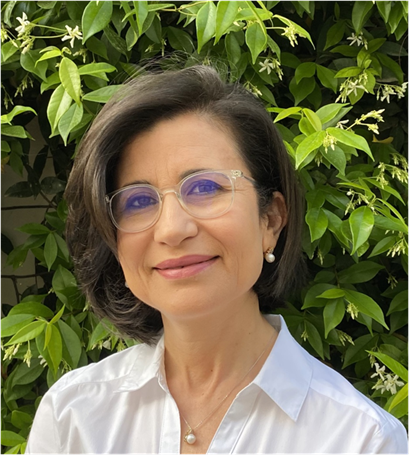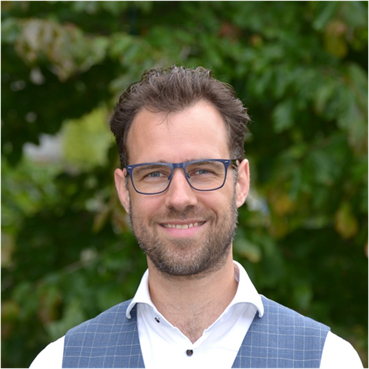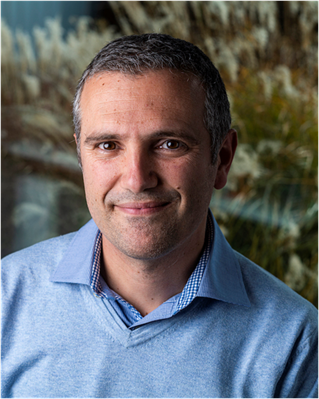|
||||||||||||||||||||||||||||
Title : Projecting Africa’s Urban Expansion: implications for planning, governance and financing |
Title : Mapping Tunisia’s Urban Evolution: From Ancient Carthage to Future Prediction Models Using Remote Sensing |
|||||
| Abstract: |  Mr. Philipp Heinrigs Mr. Philipp Heinrigs |
Abstract: |  Dr. Imène ZAAFRANE ZHIOUA Dr. Imène ZAAFRANE ZHIOUA |
|||
|
Biography: Philipp Heinrigs is a Senior Economist and a Head of division, Cities and Urbanisation, at the Sahel and West Africa Club Secretariat within the Organisation for Economic Co-operation and Development (OECD). With over 20 years of experience analyzing African economies, Mr. Heinrigs specializes in regional integration, rural and agricultural development, structural transformation, and urbanization. He leads the OECD’s work on cities and urbanisation, overseeing initiatives such as the Africapolis database and research on food systems transformations. Before joining the OECD, he worked in the Economic Policy Department of GIZ and at the Kiel Institute for the World Economy. He holds a degree in economics from the School of Oriental and African Studies (SOAS), University of London, and the Kiel Institute for the World Economy. |
Biography: Imène Zaâfrane Zhioua is an architect and urban planner. In 1998, she obtained a DEA in Gardens, Landscape, and Territory from Paris La Villette, and in 2022, she defended her PhD in Urban Planning and Development at the University of Geneva. Her research focuses on landscape and urban nature, which she explores through various perspectives, including historical, social, ecological, and political approaches. Her primary area of study is Greater Tunis. She currently teaches at the National School of Architecture and Urban Planning at the University of Carthage (Tunisia), where she leads project workshops and courses on landscape and the environment. She is also a member of the Sustainable Cities and Built Environment Laboratory (VEDEC) and actively participates in several international research networks in the fields of urban planning and landscape studies. |
|||||
|
||||||||||||||||||||||||||||


 Dr. Jasper VAN VLIET
Dr. Jasper VAN VLIET
 Arnaud DURAND
Arnaud DURAND